Why Dogs Fight and How to Prevent Aggressive Behavior
Causes of Dog Aggression
## Causes of Dog Aggression
Dog aggression is a complex issue with no single cause. Understanding the root of the problem is the first step towards helping your canine companion. Often, aggression stems from fear. A dog might snap when feeling threatened or cornered, acting as a defensive mechanism. This could be triggered by unfamiliar people, other animals, or even specific objects.
Resource guarding is another common driver. Dogs may become aggressive when it comes to food, toys, or even preferred resting spots. This isn’t necessarily about dominance, but rather a protective instinct.
Pain or medical conditions can also significantly contribute to aggression. A dog experiencing discomfort might be more easily agitated and prone to snapping. Cognitive dysfunction, similar to dementia in humans, can also lead to behavioral changes, including aggression.
Genetics play a role too. Some breeds are predisposed to certain types of aggression. Early socialization is crucial; puppies who aren’t properly exposed to various sights, sounds, and people are more likely to develop fear-based aggression.
Recognizing the warning signs is vital. Watch for stiff body language, growling, raised hackles, and a fixed stare. If you see these signals, give the dog space and avoid approaching. Seeking professional help from a certified dog trainer or veterinary behaviorist is highly recommended. They can help identify the specific cause of the aggression and develop a tailored behavior modification plan. Early intervention is key to ensuring your dog lives a happy and safe life.
Signs of Dog Fighting
## Signs of Dog Fighting
Witnessing or even suspecting a dog fight is deeply distressing. Understanding the warning signs is crucial for intervention and preventing serious injury. Recognizing these signs early can be the difference between a minor scuffle and a devastating, life-altering event for your canine companions.
**Immediate Warning Signals:** Watch for stiff body posture, hackles raised, and a fixed stare – a direct, unwavering gaze is a major red flag. Growling, snapping, and teeth baring are obvious indicators of escalating aggression. You might also see lunging, circling, or a tense, coiled stance, indicating an impending attack.
**Subtle Precursors:** Don’t overlook subtle cues. Excessive barking directed at another dog, a low rumble in their chest, or a tail held high and stiff can signal rising tension. Pay attention to their body language – are they trying to avoid the other dog, or are they fixated on it?
**Beyond the Physical:** Even without physical contact, aggression can manifest. A dog might display resource guarding – becoming possessive of food, toys, or even their owner – which can escalate into fighting if challenged.
If you observe any of these signs, **do not intervene directly**. This can put you at risk of being bitten. Instead, attempt to distract the dogs with a loud noise or a thrown object (like a water bottle) to break their focus. The best approach is to calmly separate the dogs, ideally with a leash or barrier, and address the underlying cause of the aggression with professional help from a certified dog trainer or veterinary behaviorist. Ignoring these signs can lead to serious consequences.
Aggression Prevention Strategies
## Aggression Prevention Strategies
Dog aggression can be a frightening and complex issue, but understanding the root causes is the first step towards fostering a safer, happier environment for both your dog and those around them. But why do dogs fight? The reasons are varied, ranging from fear and resource guarding to pain and frustration. Often, aggression is a communication breakdown – a dog feeling overwhelmed or unable to express themselves appropriately.
Recognizing the warning signs is crucial. These can include stiff body language, a fixed stare, growling, raised hackles, and lip lifting. If you witness these, *never* punish your dog; this can worsen the aggression. Instead, calmly remove them from the situation.
Prevention is key. Early socialization is vital, exposing puppies to a variety of people, places, and other dogs in a positive, controlled manner. Positive reinforcement training builds confidence and teaches appropriate behaviors.
If resource guarding – protectiveness over food, toys, or space – is the issue, work with a trainer to desensitize your dog to perceived threats. In cases of fear-based aggression, desensitization and counter-conditioning techniques are often employed.
For severe aggression, consulting a certified professional dog trainer or veterinary behaviorist is essential. They can conduct a thorough assessment, identify triggers, and develop a tailored behavior modification plan. Remember, patience and consistency are paramount. Creating a calm, predictable environment and avoiding situations that trigger aggression will significantly improve your dog’s behavior and overall well-being.
Managing Dog Aggression at Home
## Managing Dog Aggression at Home
Dog aggression is a serious concern for owners and their furry companions. Understanding *why* dogs fight is the first step towards preventing aggressive behavior and creating a safer environment for everyone.
Often, aggression stems from fear. A dog might feel threatened by another dog, person, or even an object, and aggression is their way of expressing that fear. Resource guarding – protecting food, toys, or space – is another common trigger. Sometimes, it’s a combination of factors, including pain, anxiety, or past negative experiences.
Recognizing the warning signs is crucial. Watch for stiff body language, growling, lip curling, and staring. If you see these, calmly distract your dog and remove them from the situation. Avoid punishment, as this can increase anxiety and worsen aggression.
Prevention is key. Early socialization is vital; expose puppies to various people, dogs, and environments in a positive, controlled manner. Consistent training, focusing on commands like “leave it” and “stay,” can help manage impulsive behaviors.
Create a safe space for your dog – a quiet den where they can retreat when feeling overwhelmed. Exercise is also a powerful tool; a tired dog is often a calmer dog.
If aggression is severe or persistent, consult a veterinarian or certified professional dog trainer. They can help identify underlying medical issues, develop a tailored behavior modification plan, and provide guidance for managing aggression at home. Remember, patience and consistency are essential for success.
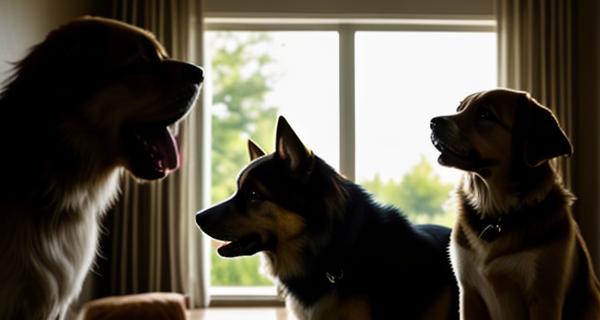
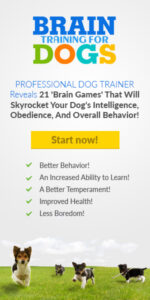
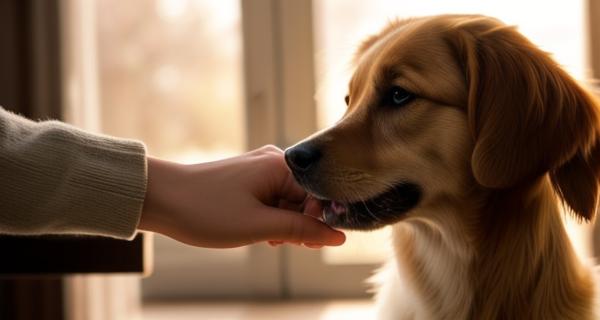
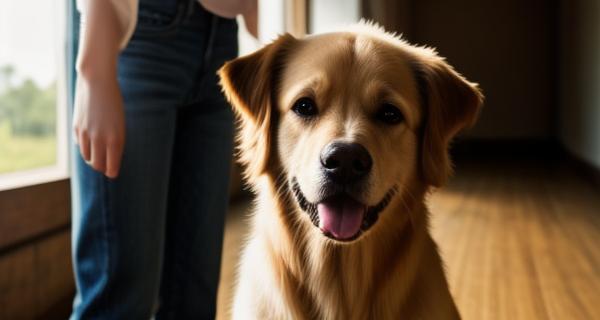
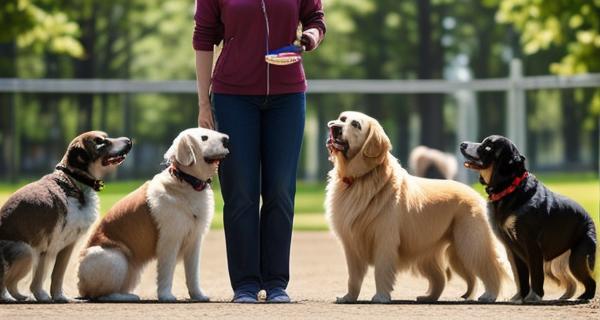
Post Comment
You must be logged in to post a comment.